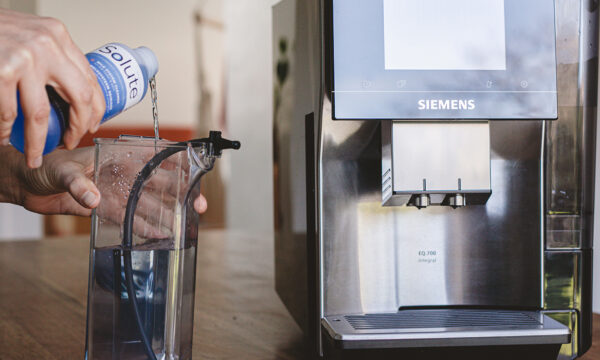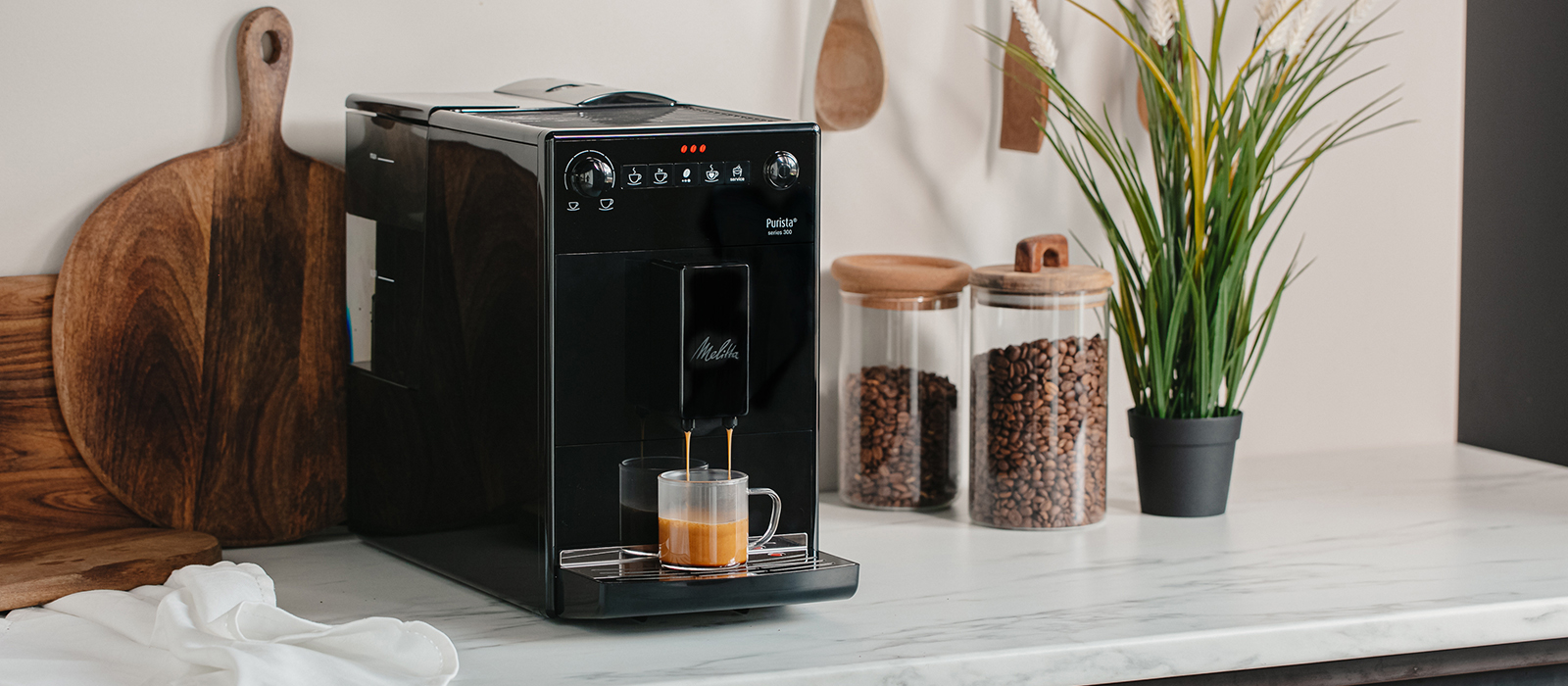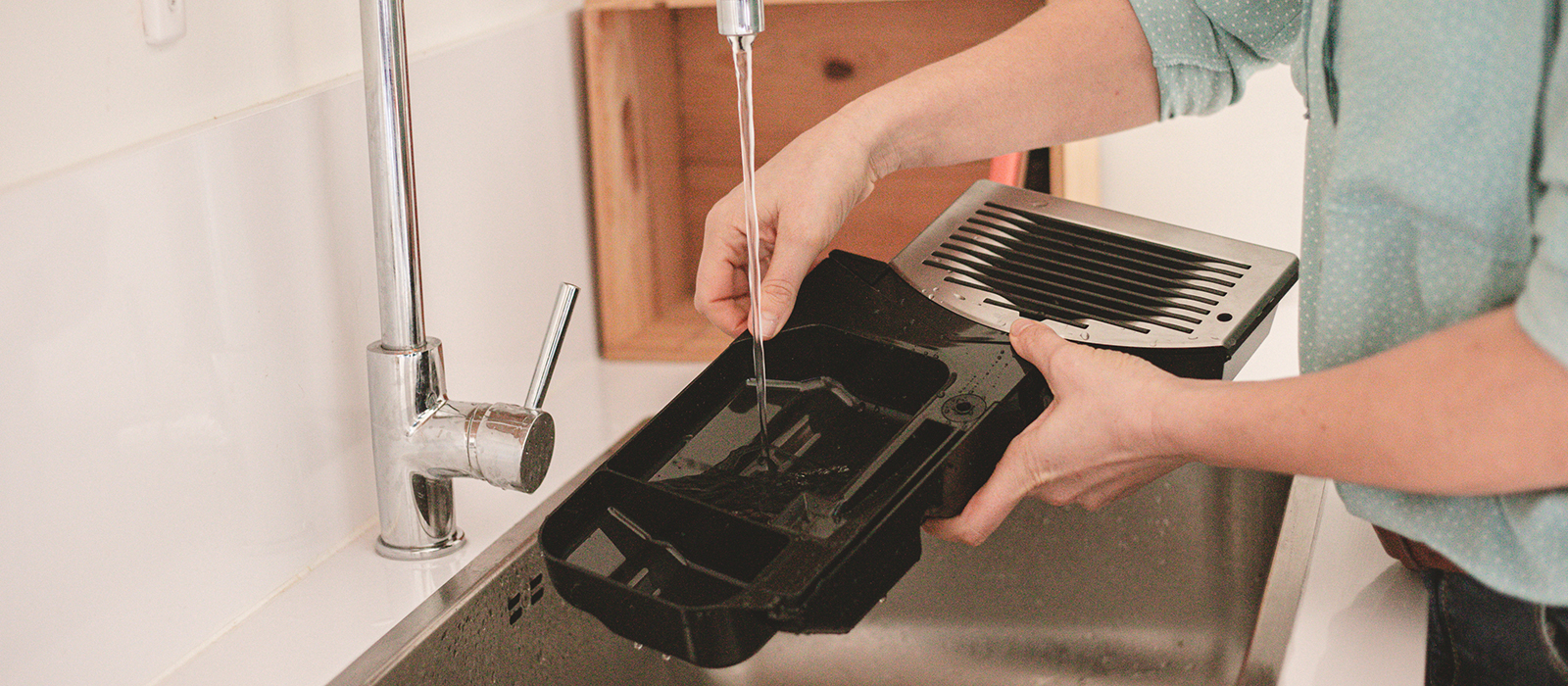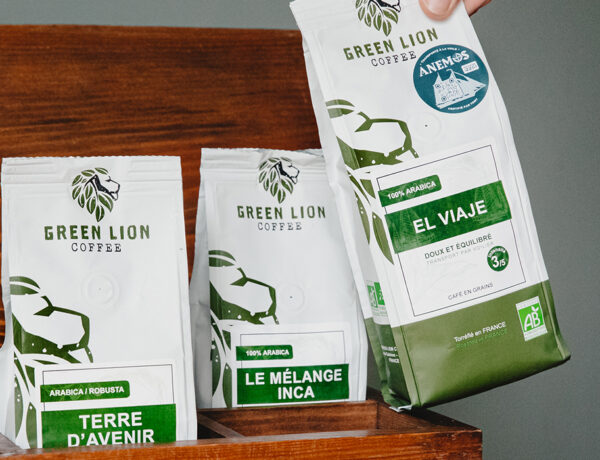
- Home
- Why does my bean to cup coffee machine rinse itself?

Why does my bean to cup coffee machine rinse itself?
Written by Julie
So you’ve just treated yourself to an automatic espresso machine, and you’re getting used to having cups of freshly ground coffee at your beck and call… Nice work! You’ve set it up and are already enjoying some high quality espressos. However, there’s one thing that’s bugging you: every time you turn your machine on or off, you can hear water running through it! What’s the point of this “unwelcome” rinsing of the coffee machine nozzles? Is it just a gimmick, or is something important going on? This automatic cleaning process is a standard feature on 98% of bean to cup coffee machines, so it’s about time you got the lowdown on it.
What’s making my coffee machine dirty?
Before going any further, you need to be aware that there are three substances that can alter not only the cleanliness of your bean to cup coffee machine but also the taste of the coffee that it produces: Limescale Limescale is the arch-enemy of all automatic coffee machines, as it forms in the pipes when the water is heated. Limescale particles are deposited all over your machine every time you use it, but above all on the thermoblock (heating system) and in the extraction nozzles. If you don’t pay attention to limescale in advance (by using filtered water), you will see little white deposits start to appear, just as they do in kettles. This is limescale: it builds up little by little, and may create blockages and cause premature wear and tear to your coffee machine. Limescale also tends to form where the coffee comes out, which can interrupt the flow of the coffee.
Coffee particles and oil
Now in order to create a coffee, you’re going to need some… well, coffee! With its intoxicating scent and divine taste (you may have guessed, I’m a fan), coffee is particularly rich in oil. It is these oils that allow us to extract a drink with such an intense aroma. In other words, this where all the coffee’s flavour is stored. However, the same oils also get deposited throughout your machine every time you grind the beans, above all in the grinding chamber, on the extraction group and – again – on the nozzles.
What’s more, the ground coffee is then pressed together to create a tablet before you extract your drink. During this process too, small particles get deposited all over your bean to cup coffee machine and can end up in the nozzles. It’s remarkable the sort of stuff that builds up in those extraction nozzles.
What is the purpose of the coffee machine rinsing process?
As we’ve seen, there are several substances that can get stuck in the extraction nozzles and risk clogging them up.
What happens during the rinsing process?
In order to prevent any blockages and to avoid wear and tear, many manufacturers set up their machines with an automatic rinsing process. This cleaning consists of running a small amount of water, usually 15–25 ml depending on the manufacturer – in other words, less than a ristretto – through the pipes. This way, any small particles that may be stuck in your machine are washed out with hot water. What’ more, rinsing also makes sure that the coffee’s taste is not altered. Deposited coffee oils in the nozzles can end up giving your drinks a rancid taste. I’ll leave you to marvel at the colour of the water when it has finished rinsing the machine. Now, would you prefer that in a rinsing cup or in your cup of coffee?
Why does my machine do the rinsing when I turn it on and off?
Almost all bean to cup coffee machines automatically rinse their nozzles when they’re switched on and off. The aim is always the same: to clean the machine and prevent any blockages. When it’s turned on, the rinsing removes any particles and oils from previous extractions. Then when it’s switched off, the second rinsing washes away the same substances that may have been deposited in the process of making your coffee. Better safe than sorry. I strongly advise you not to turn off this setting. I understand that it can get annoying to have to wait for the rinsing to finish each time. But what would you rather, have to empty a cup of water now and again or have to throw away your machine before its time? As a little tip, I always leave a cup under the nozzles. Then once it’s full, I use it to water my flowers as it makes for a good fertiliser.
Why is there water in my drip tray?
There are a couple of questions that we often get asked by customers after they receive their new bean to cup coffee machine. Why do we have to empty the tray under the cup holder? And, where does all the dirty water come from? The purpose of the waste water drip tray is to retain the water used by the machine during the automatic cleaning of the internal pipes. Although it can feel tiresome to have to continuously empty this tray, it actually performs a really important service.
What does the coffee machine rincing allow?
It allows the pipes to be rinsed (on switching off your machine) in order to keep the machine clean and to make sure your coffee still tastes great. A small indicator located by the cup holder should tell you when it’s time to empty the tray. When doing so, you may spot oil stains and coffee grounds. I would advise you to clean the tray thoroughly each time, as the grease can build up and produce an unpleasant smell.
So as you can see, this rinsing process is necessary both to ensure the quality of your coffee and to keep your bean to cup coffee machine clean.
What else should I do to keep my machine in good shape?
Simply rinsing the nozzles is not enough to guarantee the good health of your bean to cup coffee machine. Here are some other tips to help keep your machine clean:
Remove limescale
You need to pay attention to any limescale deposits in order to avoid them damaging the internal mechanics of your automatic coffee machine. To do this, nothing could be simpler: place a filter cartridge in the water tank, giving you pure (and tasteless) water. However, when the time comes, you’ll also need to supplement this filtering process with some descaling. The latter is required approximately every 3 months, depending on how hard your local water is.
Remove coffee particles and oil
To ensure that there is no variation in the taste of your coffee from cup to cup, it’s important to clean the brewing unit at least once a week. How you should go about this completely depends on your machine! If the unit is removable, simply take it out, rinse with lukewarm water and leave it out in the open to dry. If you can’t remove it, you’ll need to clean it with detergent tablets. Don’t forget to clean your espresso machine’s grinder too, as this is also liable to be sprinkled with particles of coffee and oil. My advice is to give it a monthly clean with Supergrindz from Urnex. Clean the trays Last but not least, remember to clean all the collection trays as well. Coffee is a foodstuff that will soon start to rot if left alone. Indeed, there’s a chance that it’ll create a sort of “breeding ground” for bacteria. Not particularly appetizing, is it? It’s not enough to simply throw away the used coffee grounds when prompted by your machine. Instead, be sure to clean the waste coffee container (by hand or in the dishwasher, depending on the model) once a week. Don’t forget to empty and clean the drip tray either. If you don’t do this, it’s mushrooms that will start growing here.
For a detailed look at how to do a deep clean of your bean to cup coffee machine, just check out our dedicated article.
So, how do you feel about the automatic coffee machine rinsing of your nozzles now? This cleaning cycle serves a really important function in maintaining your machine and increasing its lifespan. So don’t whatever you do turn it off, and be sure to feed your plants with the water it produces. If you have any questions on this subject, please don’t hesitate to leave us a comment. In the meantime, I’ve got to run – my coffee machine is asking to be cleaned!
Discover all of our articles


